Trying to make a clear definition of the Symbolist Movement is a frustrating endeavor. In terms of expressive intent, artists like Gustave Klimt, Ferdinand Knnopff, Arnold Broecklin, can seem very far away from the English Pre-Raphaelite painters like John Waterhouse, Lord Leighton, and Arnold Hacker. How does some one like John E. Millais, arguably a Realist, fit into the category? Why aren’t the Neoclassicists, who certainly deal in symbols, included? What I propose here is that there should be a new definition of the term Symbolist, one so broad that it is in danger of being meaningless in the art history sense. But my view is from the studio. It is based on creative impulse and expressive intention, the connection to which, is the origin of any work of art:
All visual art is either Naturalist or Symbolist.
It is rooted, either in the perceived object or rooted in the perceiving subject. Since the objects of perception and the perceiving subject are always fused, the objective and the subjective always inseparable, the word “rooted” is key. It would be easy, here, to get bogged down in language, instead let’s turn to pictures.
In these two paintings by Bastien Lepage, the tipping point between Naturalist and Symbolist impulses is crossed.
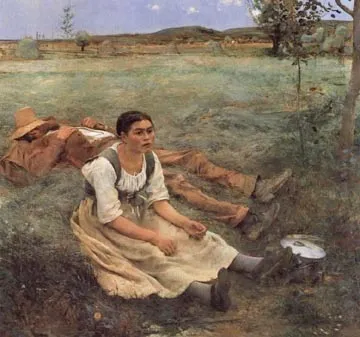
The first is wholly Naturalist: The young peasant girl is lost in some reverie. It’s her lunch break or resting time, and her companion sleeps. The intention of the piece is journalistic. We see and feel her world, and artist has made himself invisible to her world. He says to the viewer: “This is what you would see if you if you stood, unseen, in this place.”
The second piece, despite the exact same set of naturalist tools, is Symbolist. The semi-transparent, company of angels, roots the picture in the unseen. The artist says: “I’ll show you what you would not see if you stood, unseen, at this place.”
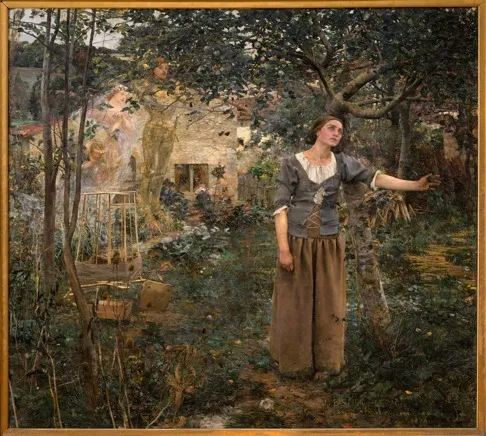
The Ancient World
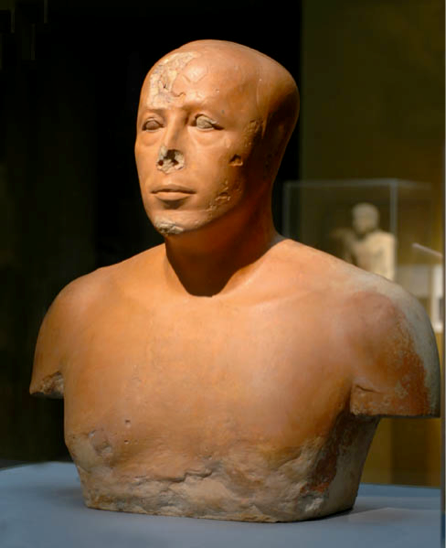
The famous bust of Ank-Auf is a most unusual Naturalist piece of Egyptian art. Almost all Egyptian work is Symbolist:
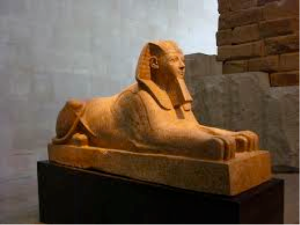
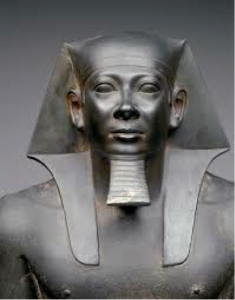
Even in the example on the right, the impulse is Symbolist: the stylization is subtle, but strong enough to invest the head with divine authority.
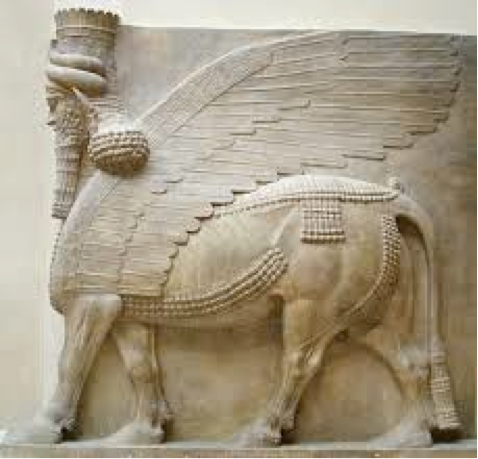
Assyrian sculpture is obviously Symbolist:
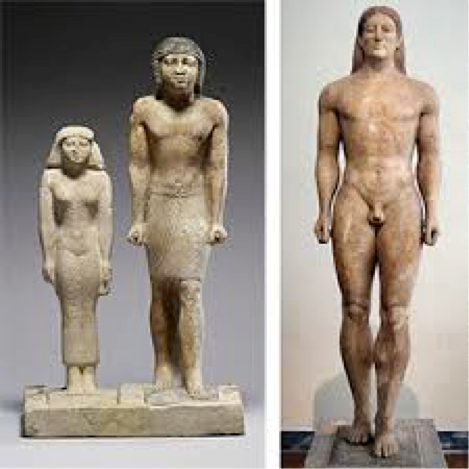
Early Greek work (on the right) has a strong Egyptian leaning, and is therefore Symbolist,
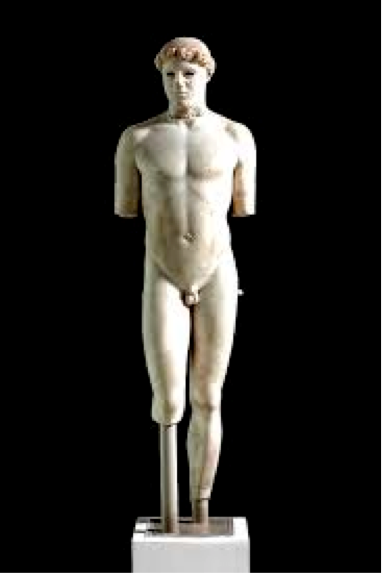
…then it becomes less stylized, and more naturalistic.
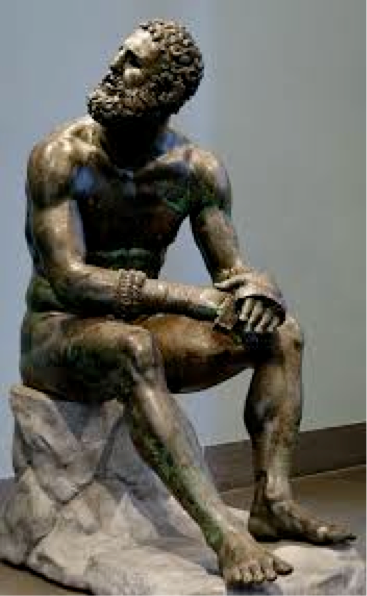
Until the Naturalist impulse is complete. Nonetheless, the Greeks keep themselves in the land of the gods.
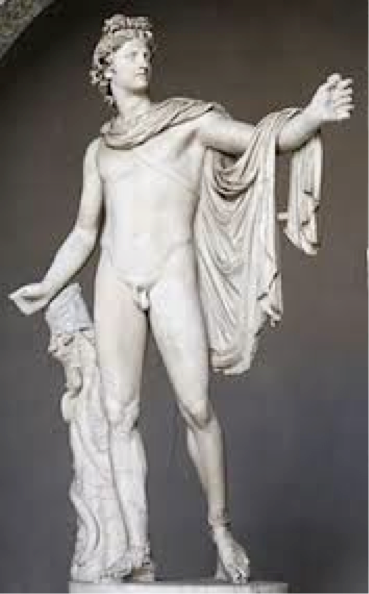
Is this Symbolist or Naturalist? Do you find this creature in the world around us? (Did the ancient Greeks find Apollo in every day life walking the streets?) This makes the piece, by intention, Symbolist. Despite its strong naturalist traits.
The Middle Ages and Renaissance
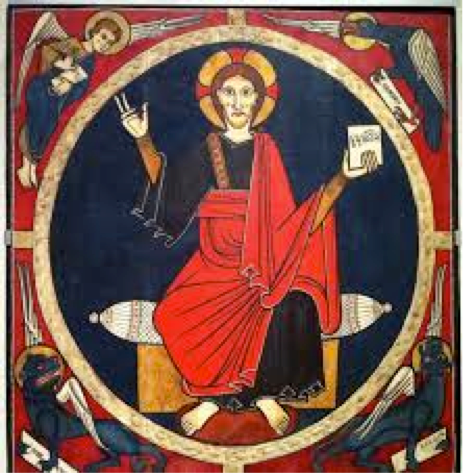
All through the Middle Ages painting in Europe turned away from Greek and Roman naturalism toward an art centered on the unseen: the symbols of the Christian Church.
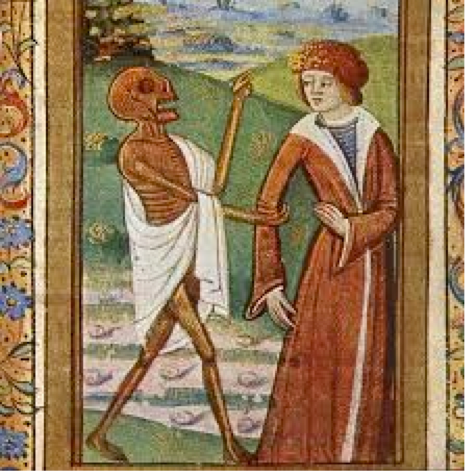
Not just the iconography, but the style as well was Symbolist.
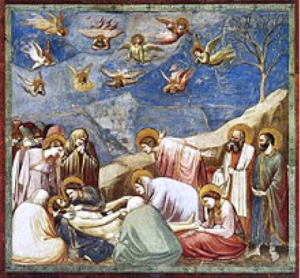
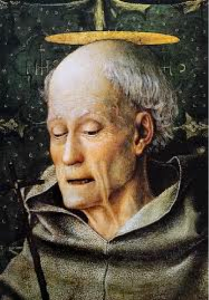
As we approach the Renaissance the Naturalist impulse takes hold again.
By the early 16th Century, the development oil paint and optical insights, brings us again to a balance of the two impulses.
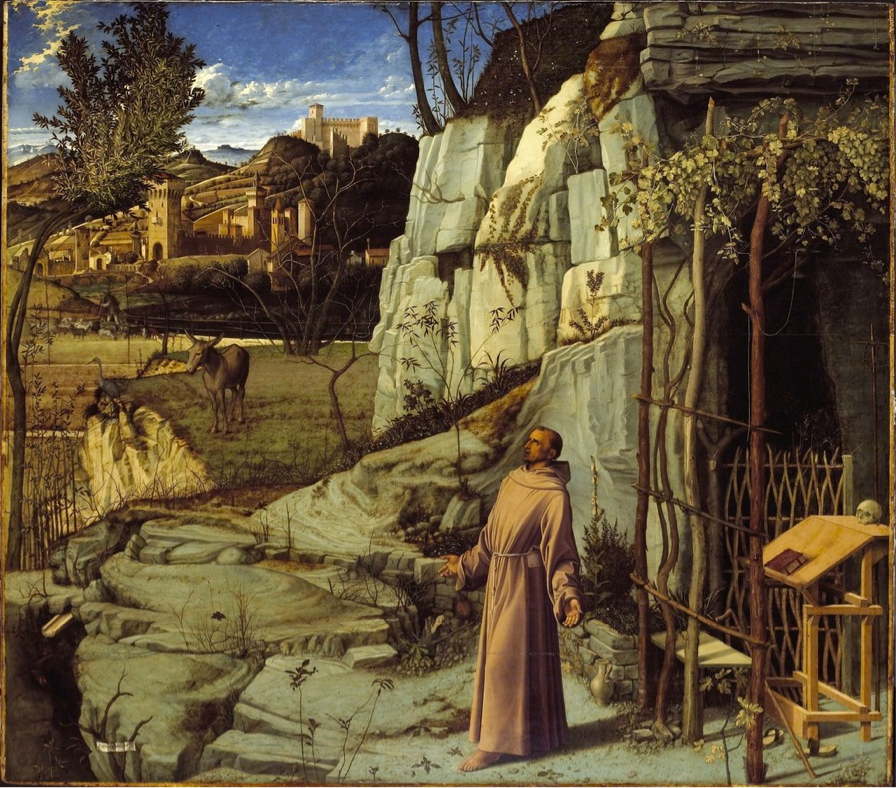
In the famous Bellini, one could argue that we have a completely Naturalist piece.
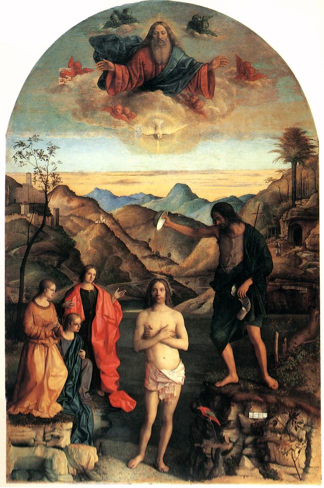
In this second piece by the great artist, the impulse tips again to the Symbolist,
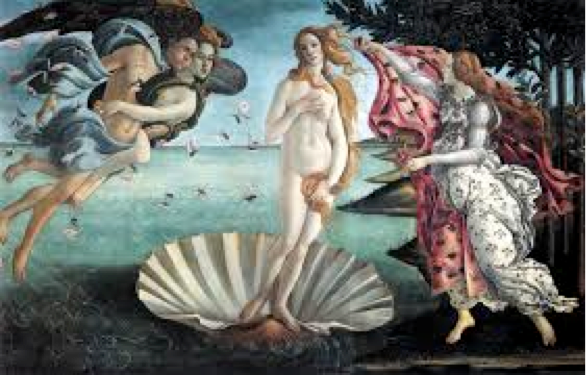
…and as the Renaissance progresses the greco-roman images return and the majority of pieces stay on the Symbolist side of the scale.
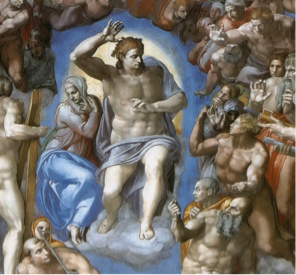
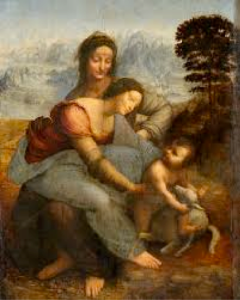
With Leonardo optical naturalism takes a big leap forward, but Symbolist intentions hold.
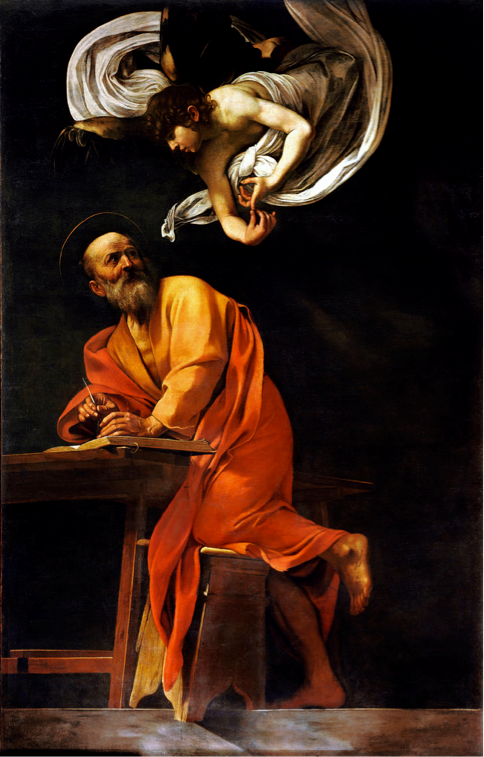
Even when the tools of naturalism reach full flower in the work of Carravagio, the iconography, remains Symbolist.
The Post Renaissance: 17th and 18th Centuries
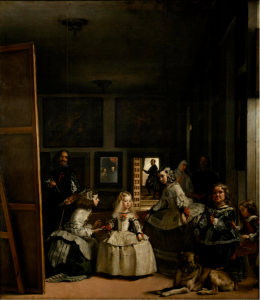
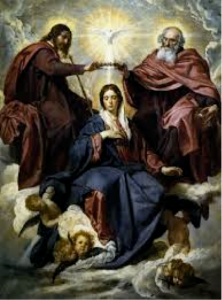
In the great Naturalist masterpiece “Las Meninas”, Velazquez takes the last giant step of optical insight, but the Symbolist tradition still dictates the image in many of his pieces.
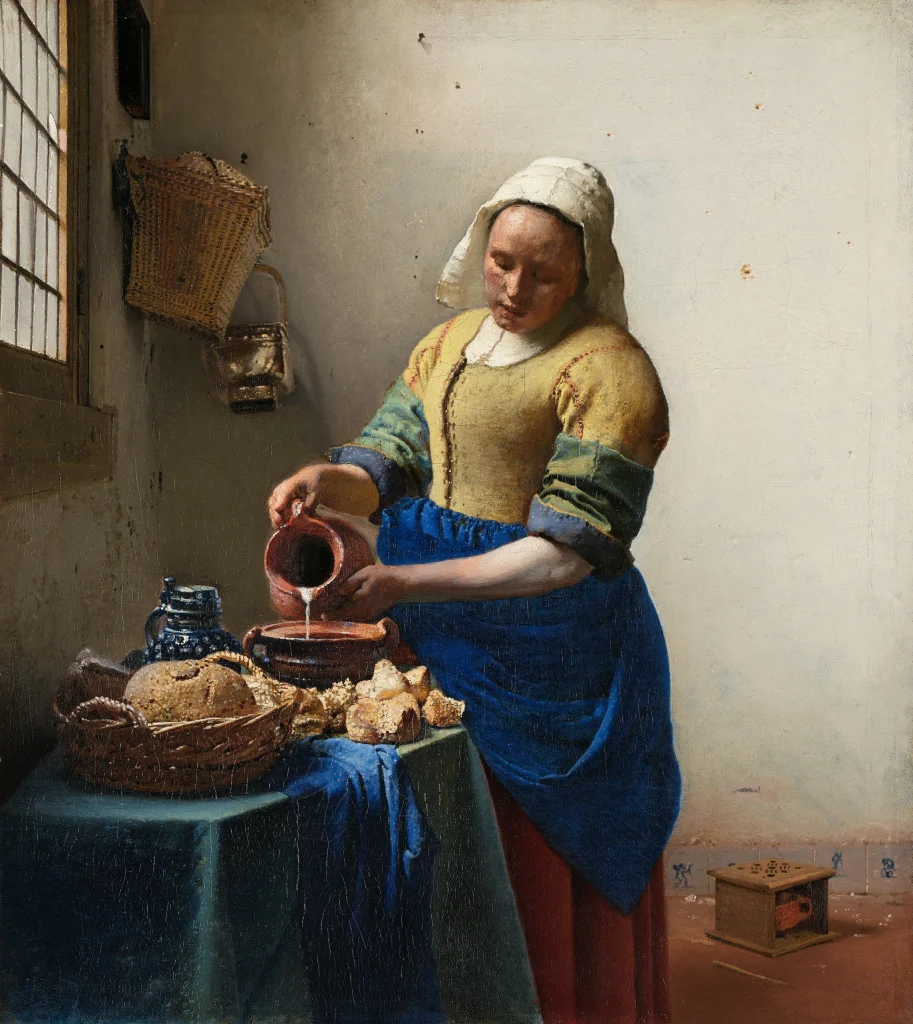
Vermeer is the visual definition of transcendent Naturalism. I think it would be good here to say that all works of art are symbols, they all have the intention to stand for or embody a state of mind. As I said at the outset, Symbolist here means rooted in the perceiver more than the perceived, rooted in the imagination, the symbols of religion and abstract ideas, dream, or strong subconscious feeling which alters the way the world is seen.
In the 18th century painting took a very decorative turn. Symbolist inclinations were dominant, with some exceptions like Chardin:
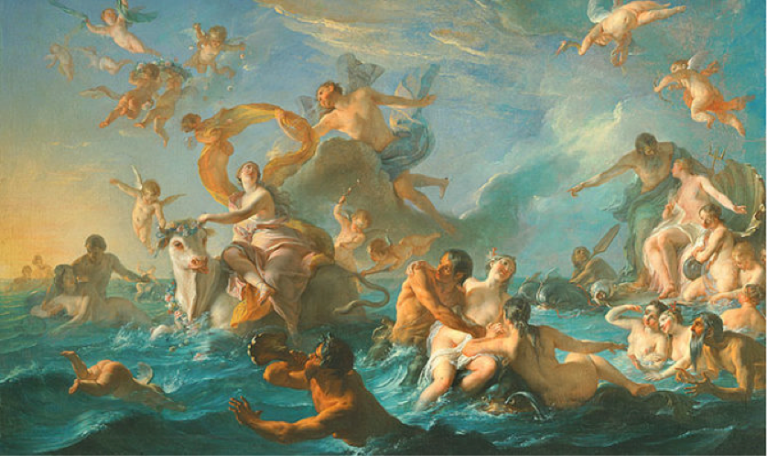
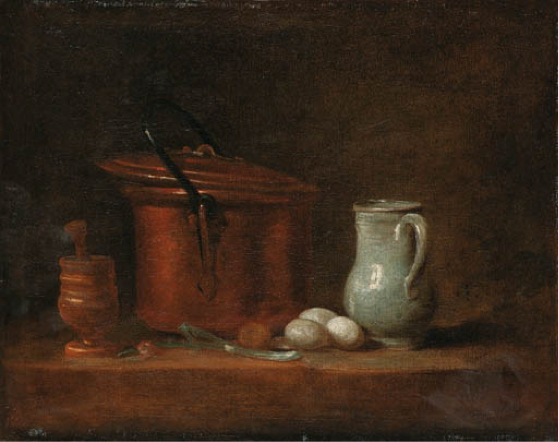
19th Century Pluralism
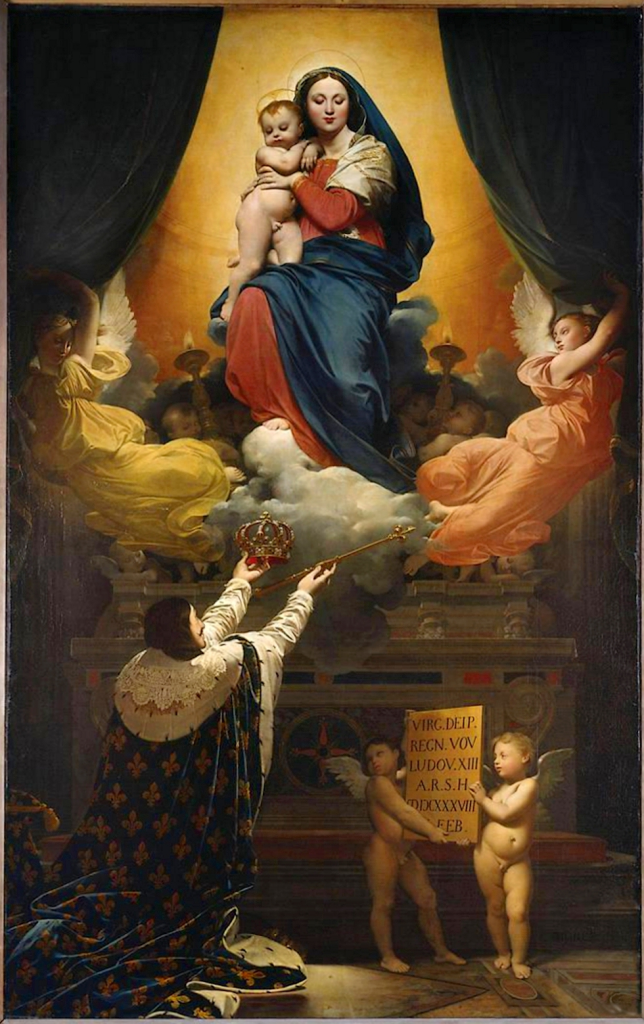
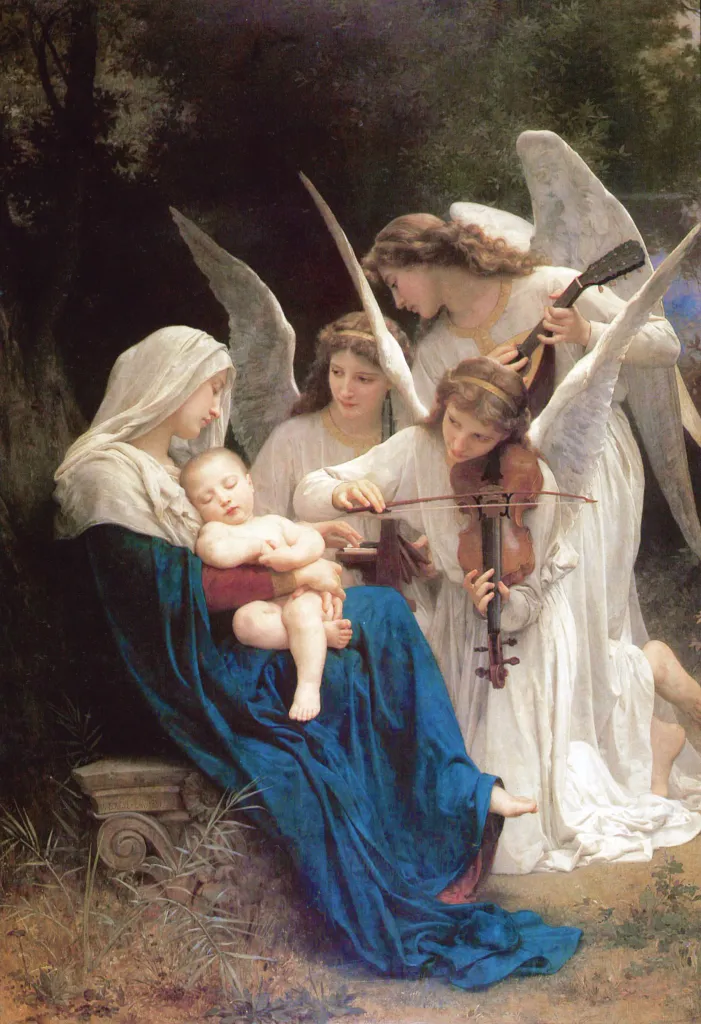
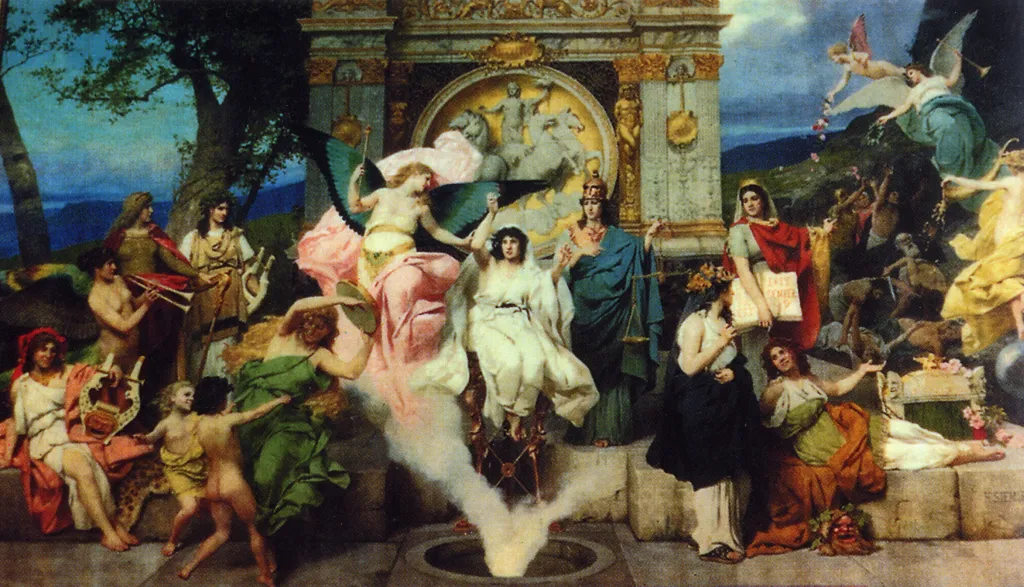
At the transition from the 18th Century through the 19th Century, the Neoclassical School holds with Greek and Catholic symbols.
In the mid 19th century the invention of photography sparks a sweeping new interest in Naturalism. Invented by a painter (Daguerre) for the collection of information, it set off a wave of what could be fairly called documentary painting.
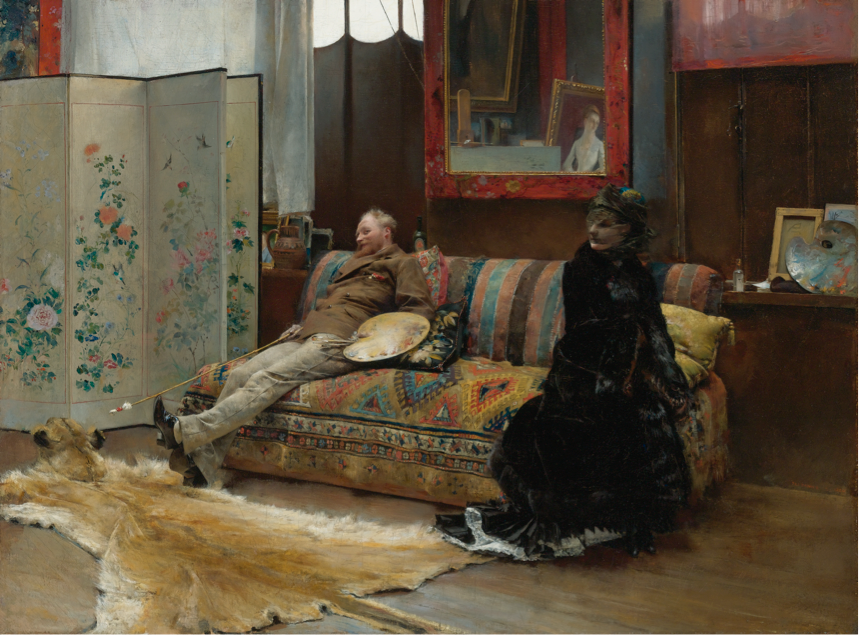
This piece by Dagnan-Bouveret is a perfect example. Poses and gestures have been informed, especially after the faster shutter speeds are developed, with a new knowledge of movement and expression. Yet in the height of this enthusiasm, what is called the Symbolist Movement arose with all its huge range of forms.
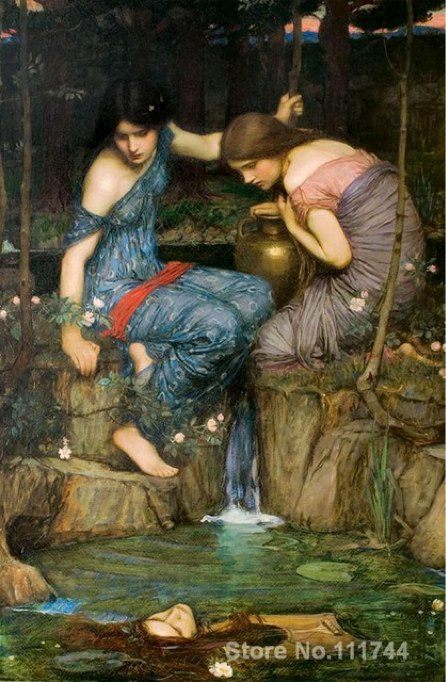
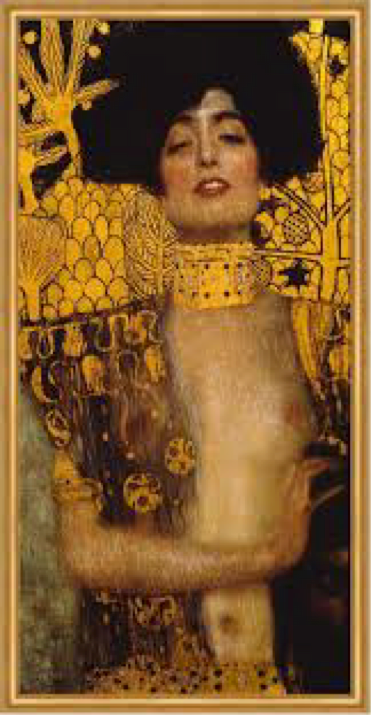
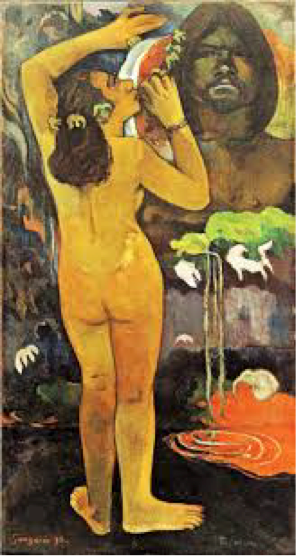
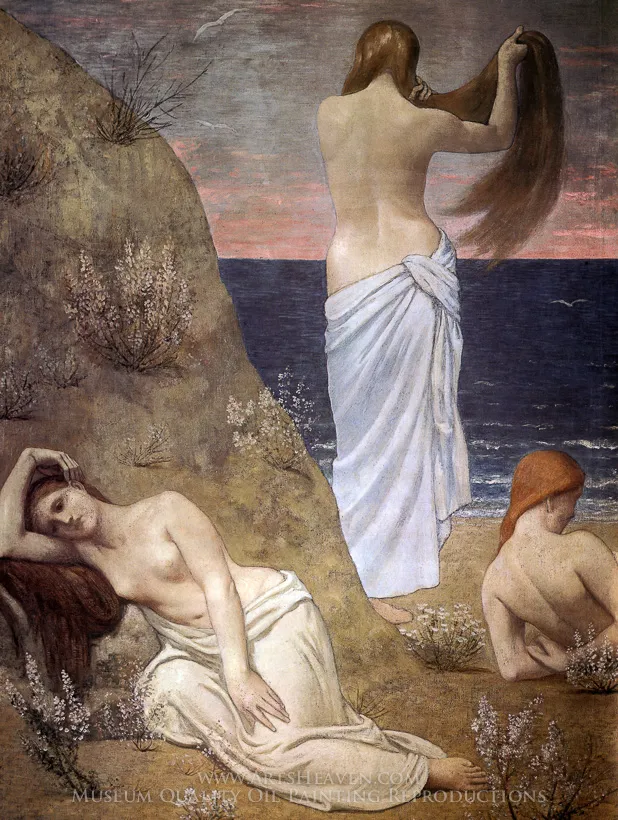
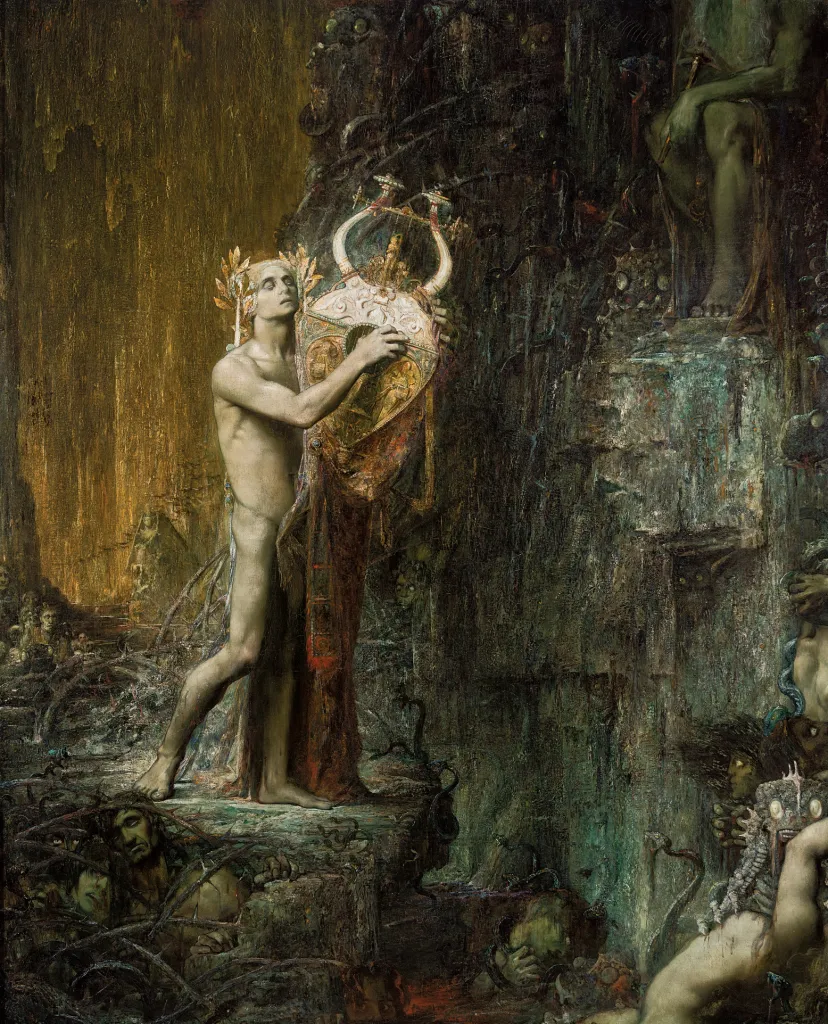
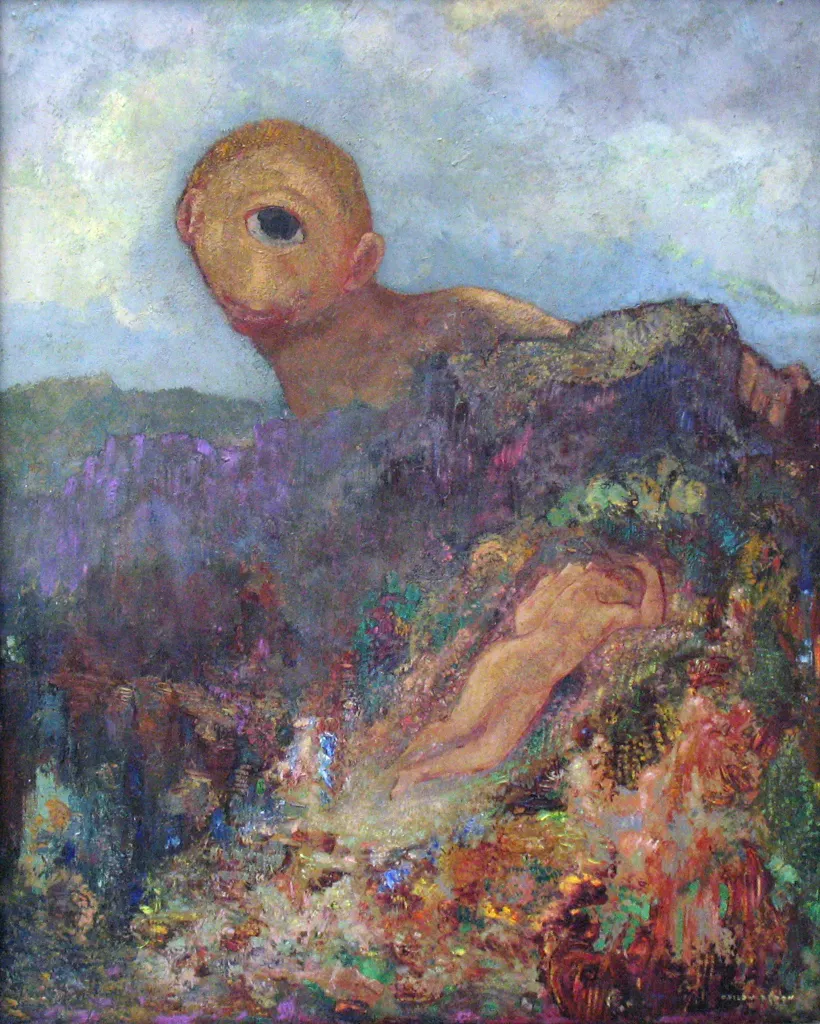
Impressionism is a Naturalist variant which emphasizes color over drawing, and Post-Impressionism is a Symbolist variant.
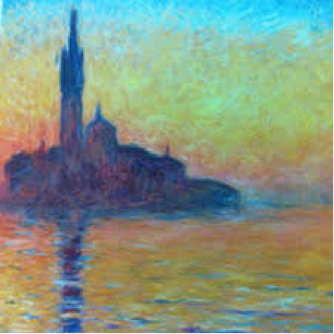
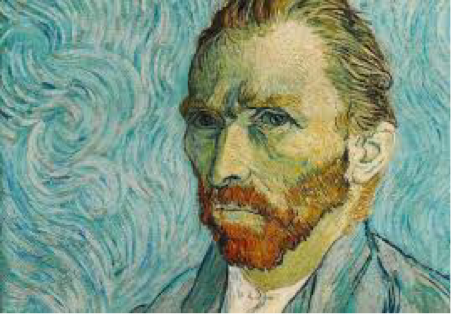
These movements, in turn, gave rise to Modernism…
The 20th Century: Modernism
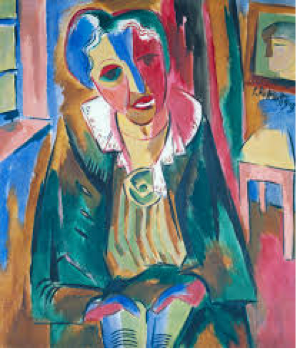
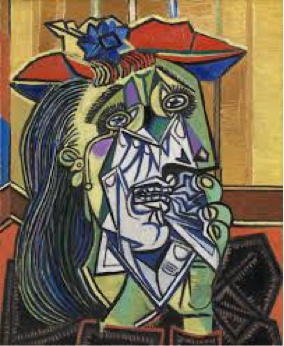
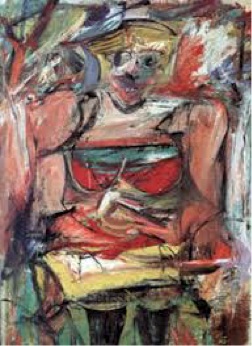
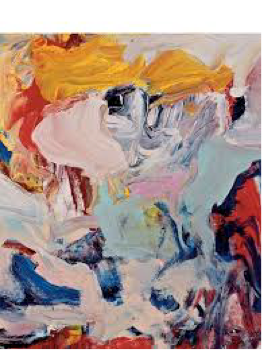
Modernism is a novel form of Symbolism in which the internal life gains more dominance over the outer world until it completely eliminates it.
Since the 1950’s the outer world flickers in and out of focus in an almost psychotic way.
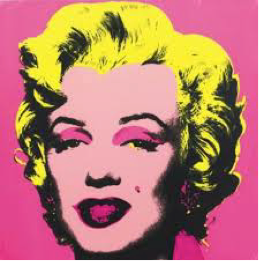
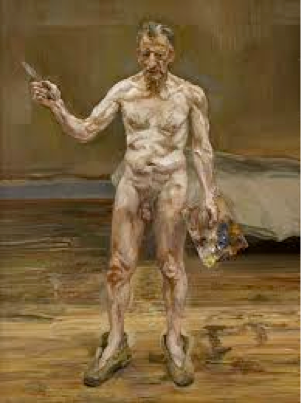
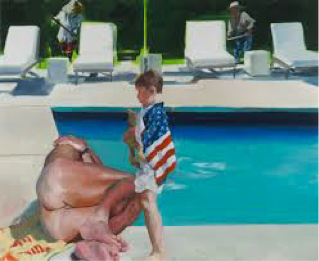
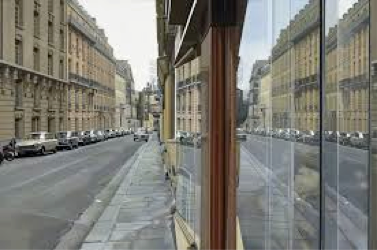
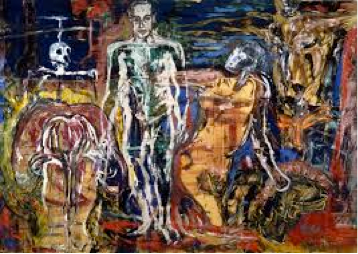
Gallery installations are clearly Symbolist:
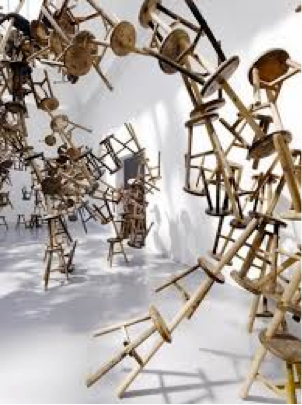
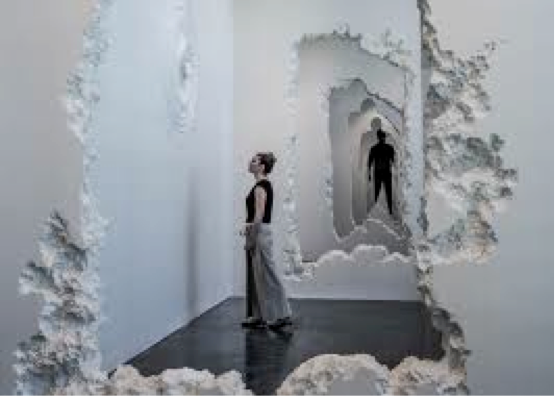
Digital and Video art is Symbolist in an almost old-fashioned way
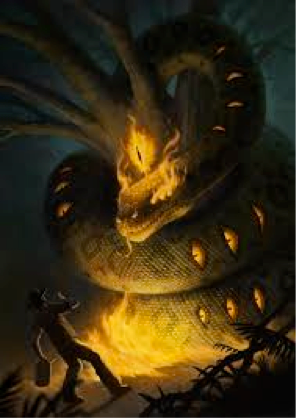

In this absurdly contracted history of western art, it becomes clear that the Symbolist impulse has been the dominant inclination. Naturalism, in its pure form, is actually rare. But in photography, and its offspring, cinema, the inverse holds true. This is, I think, is because of the nature of the medium it self.
The work on this site fits neatly into the Symbolist Movement proper, and with the current revival of European painting craft, finds itself with kindred work both Naturalist and Symbolist.
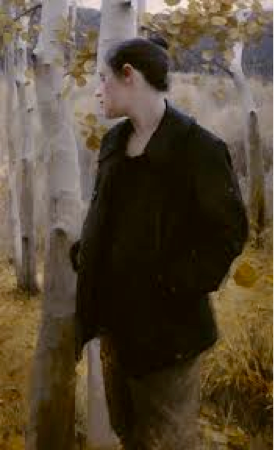
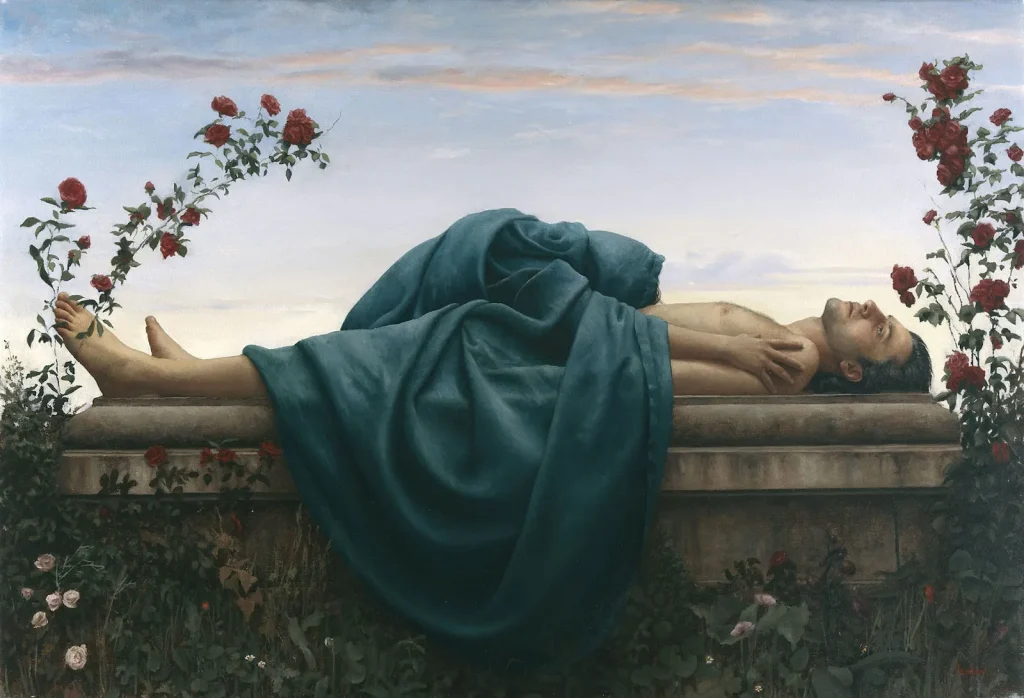
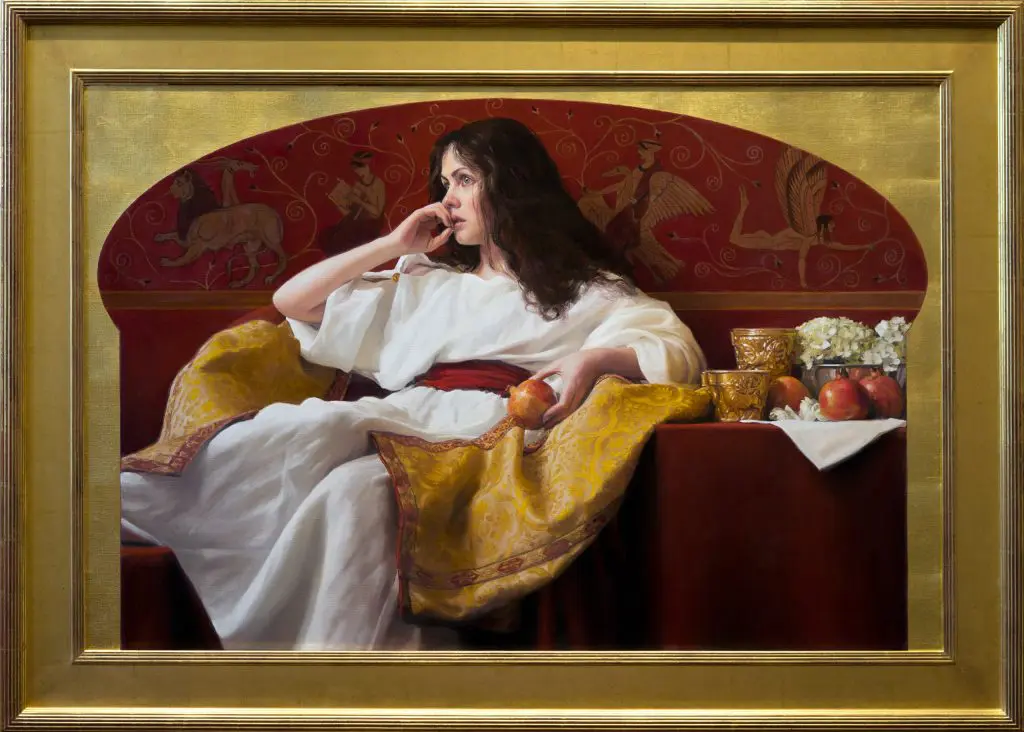
The Psyche Story
Apuleius’s fairy tale of the victory of innocence over jealousy and desire.